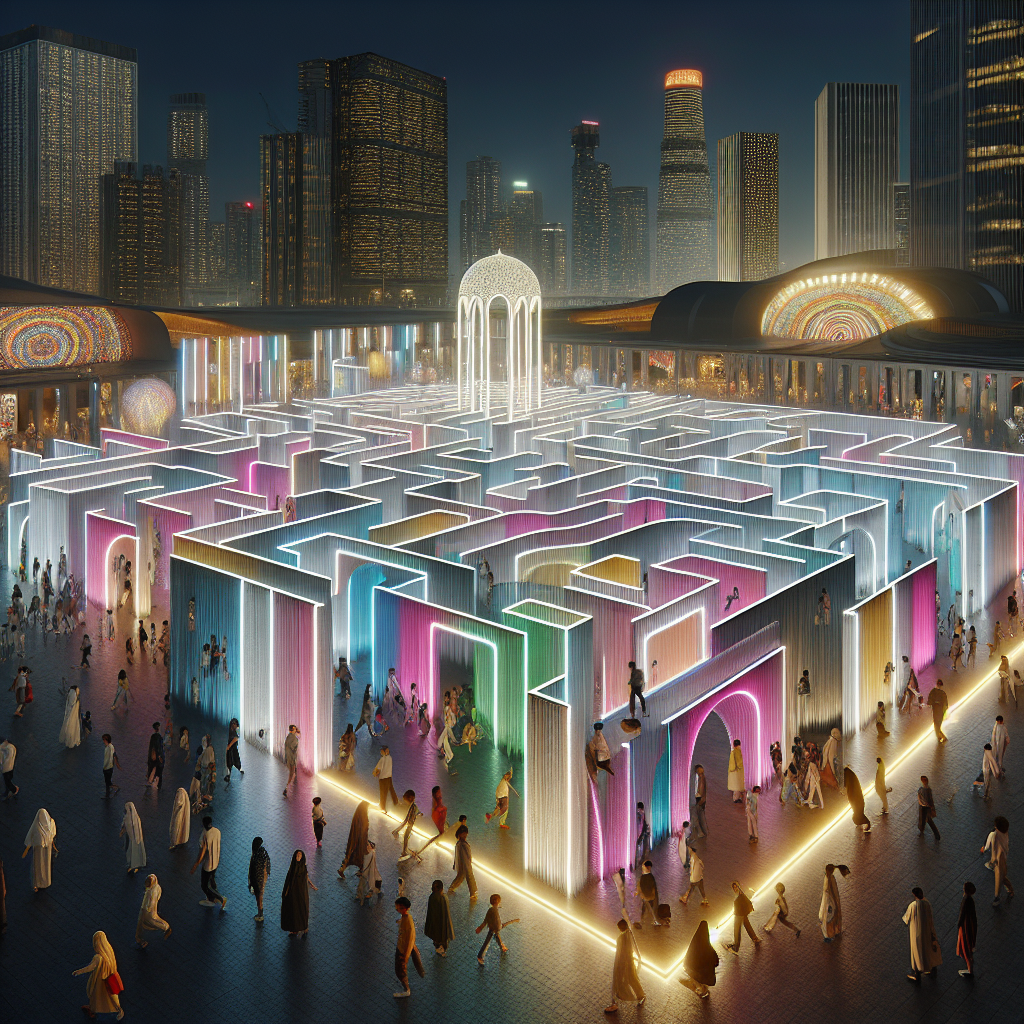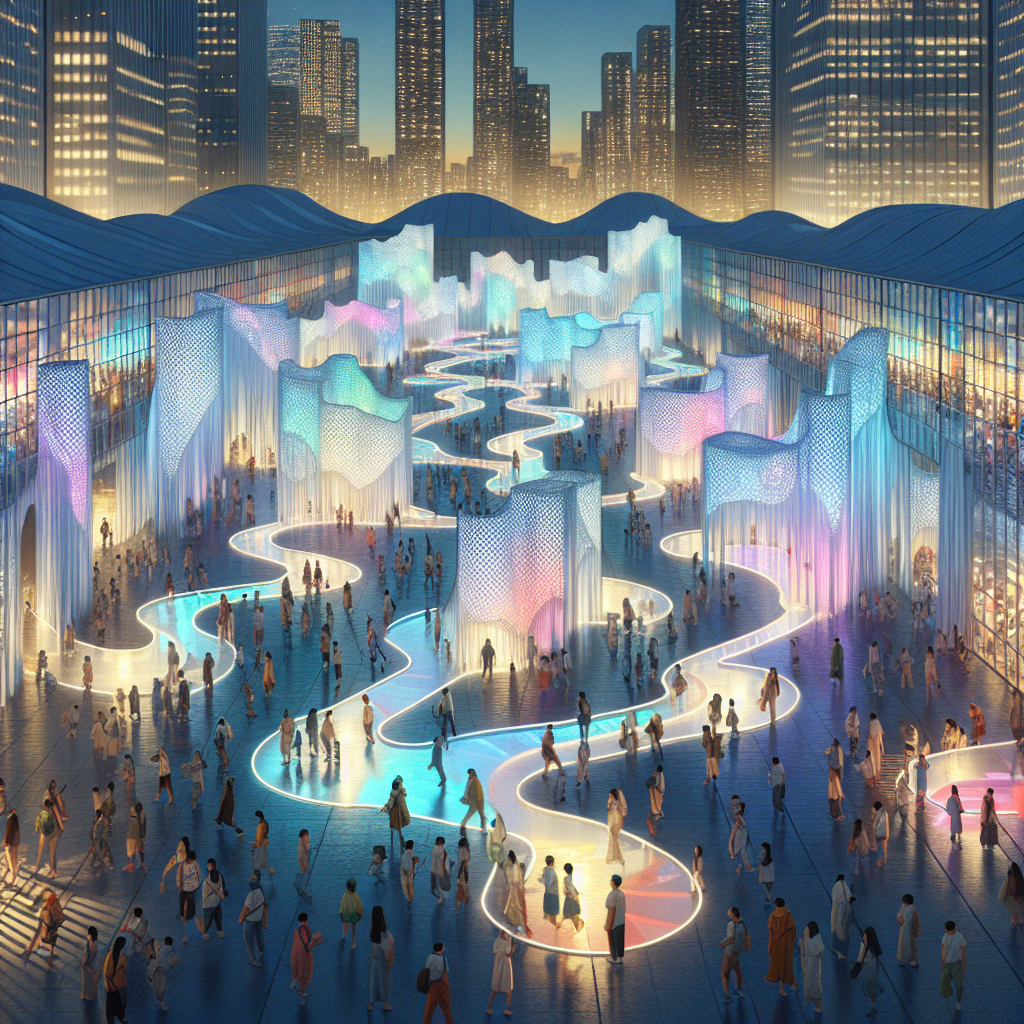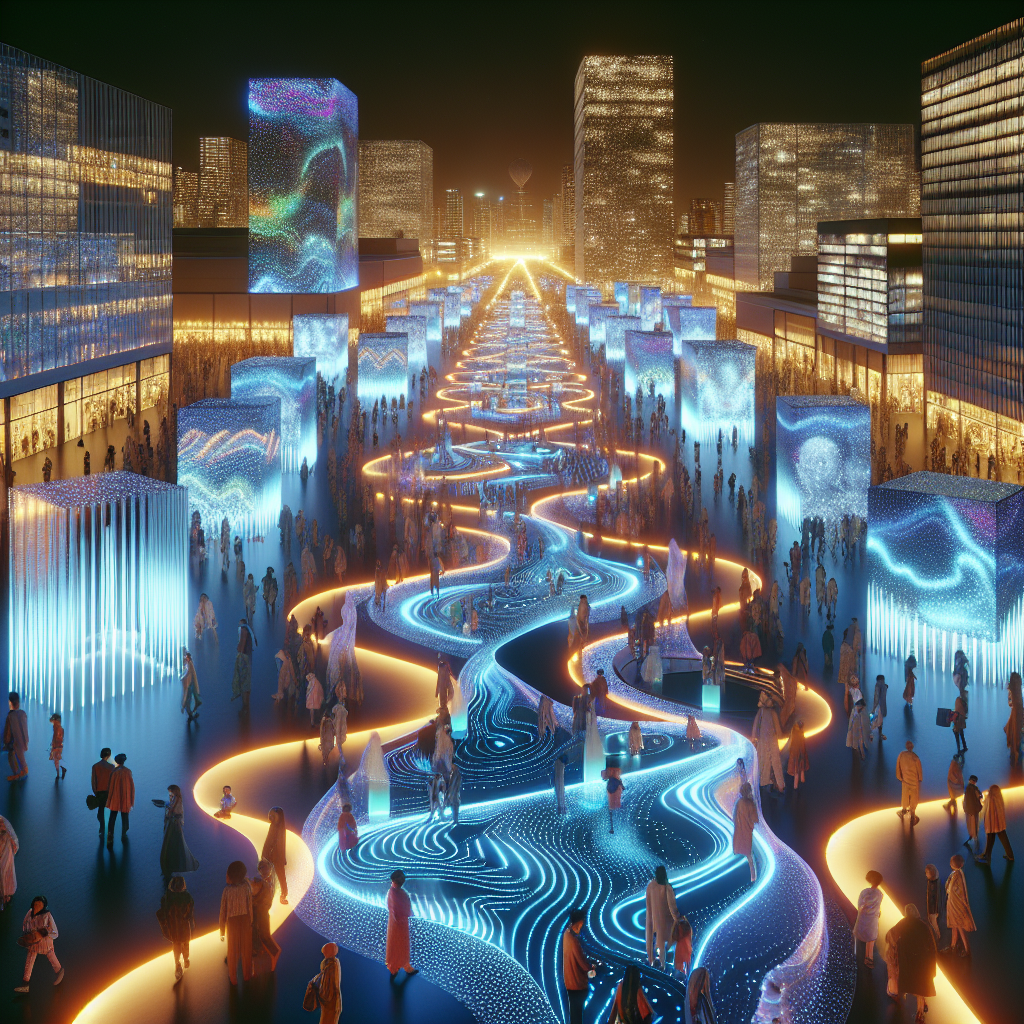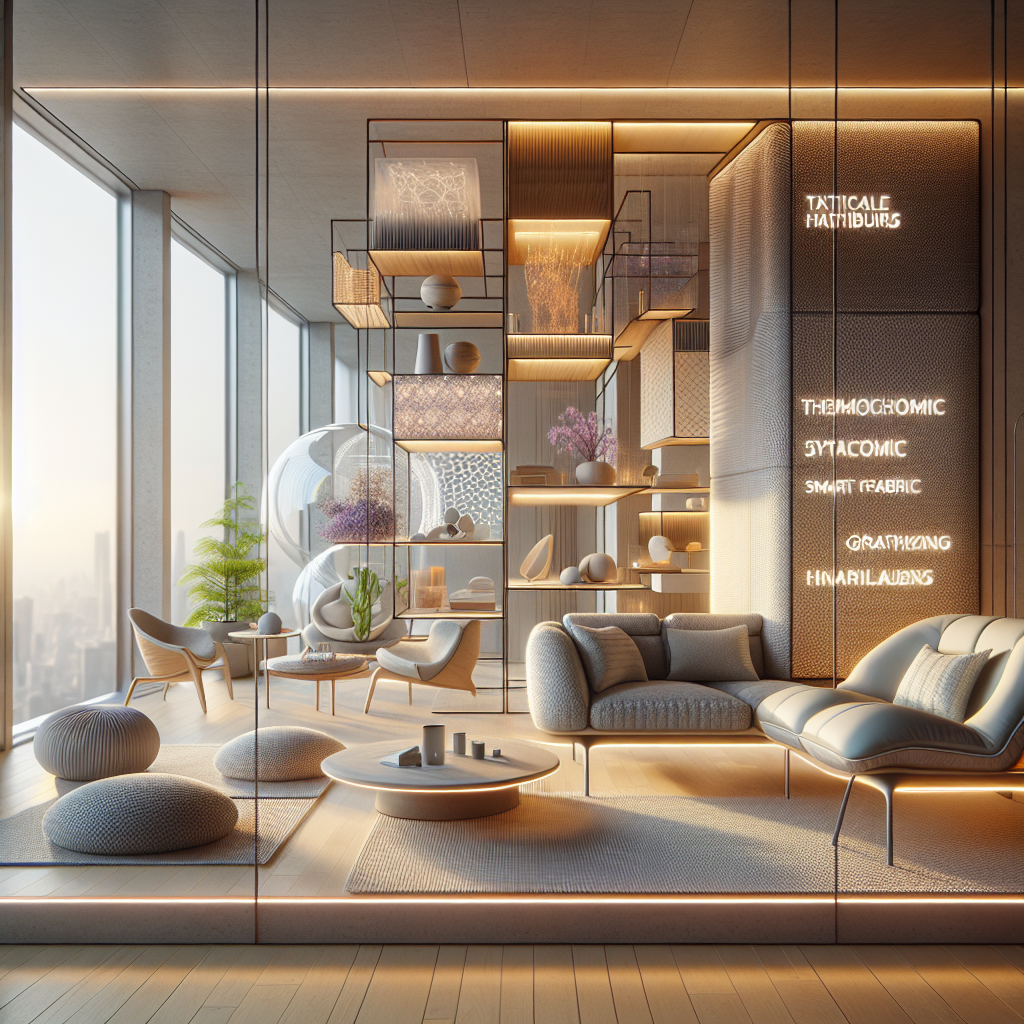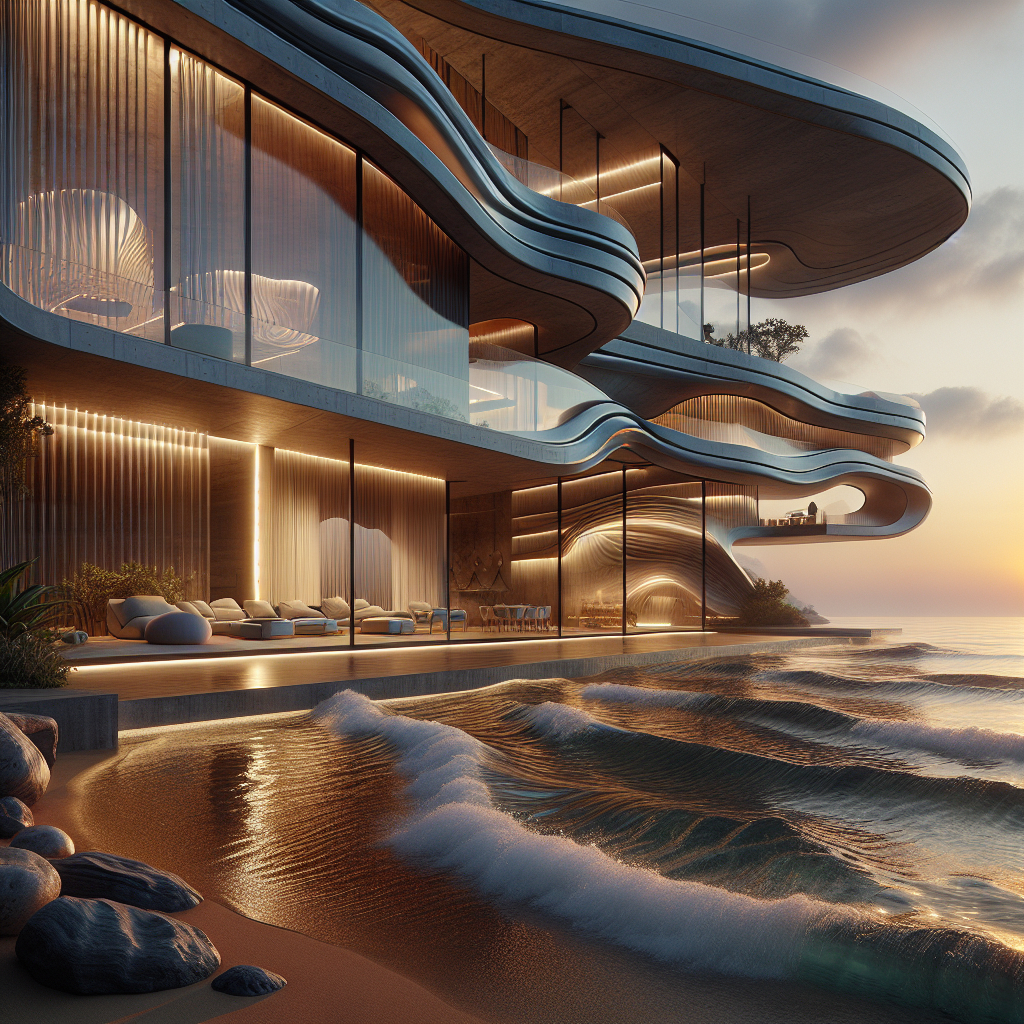Ambient labyrinth festivals: ephemeral structures celebrating urban exploration
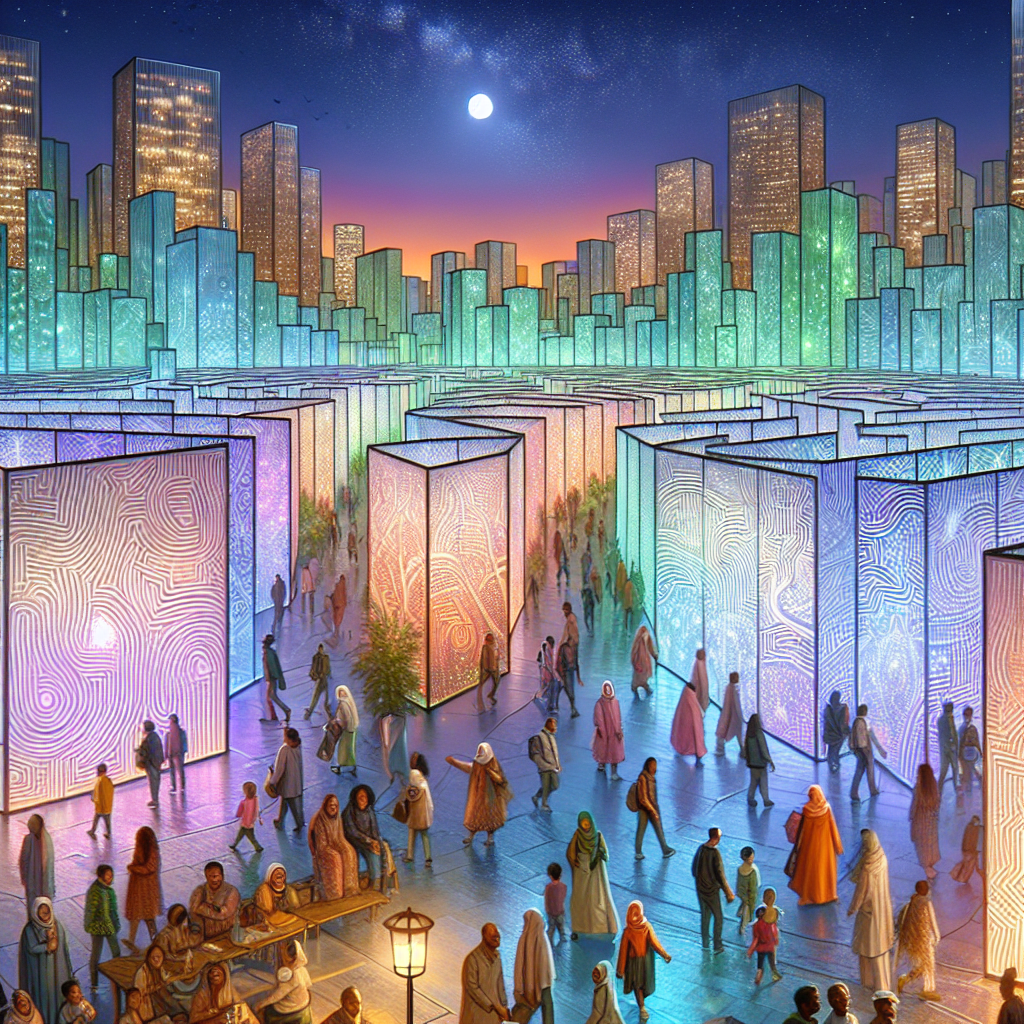
In recent years, a new genre of urban celebration has emerged at the intersection of architecture, art, and performance: ambient labyrinth festivals. These events transform cityscapes into ephemeral playgrounds of light, sound, and structure, inviting participants to wander through temporary labyrinthine environments that challenge spatial perception and reframe urban exploration. More than spectacles, they are architectural experiments—testing how design can create moments of disorientation, intimacy, and discovery within the public realm. For architects, designers, and cultural curators, these festivals represent a fertile ground for innovation, sustainability, and community engagement.
The Rise of Ephemeral Architecture in Urban Culture
Ephemeral architecture has long been part of human ritual, from the temporary pavilions of World’s Fairs to the sand mandalas of Tibetan monks. Yet in the 21st century, the concept has evolved into a highly experimental form of urban intervention. Ambient labyrinth festivals are emblematic of this shift, combining temporary structures with immersive technologies to create multi-sensory environments. Unlike permanent monuments, these installations embrace impermanence, often designed to vanish without trace—echoing contemporary concerns about sustainability and the circular economy in architecture.
Labyrinths as Archetypes of Exploration
The labyrinth is one of the oldest spatial archetypes, with origins stretching back to Minoan Crete and recurring in medieval cathedral floors. In today’s festivals, labyrinths are reimagined as fluid, interactive spaces. Rather than a single path to a center, these contemporary designs embrace branching corridors, mirrored partitions, and kinetic walls that constantly shift the visitor’s orientation. The effect is both playful and profound: a reminder that urban life itself is a maze of encounters, detours, and unexpected revelations.
Recent projects, such as the Labyrinth Re-Imagined installations in progressive museums, demonstrate how twisting corridors can provoke reflection on movement, memory, and perception. By situating these experiences in public squares, abandoned warehouses, or waterfronts, festivals reclaim overlooked urban spaces and transform them into sites of collective imagination.
Design Strategies: Light, Material, and Sound
What distinguishes ambient labyrinth festivals from conventional public art is their orchestration of multiple sensory layers. Architects and designers deploy light as a structural material, using LED grids, fiber optics, and projection mapping to sculpt corridors of color and shadow. Soundscapes—ranging from ambient drones to site-specific compositions—guide visitors through spaces, while subtle shifts in acoustics create moments of intimacy or vastness.
Materials are chosen not only for aesthetics but also for sustainability and tactility. Reclaimed wood, recycled plastics, and translucent fabrics often form the walls of these labyrinths, offering both ecological responsibility and visual intrigue. In some cases, biodegradable materials dissolve or are composted after the festival, reinforcing the idea of architecture as a temporal performance rather than a permanent imprint.
Case Studies: Global Experiments in Ephemeral Urbanism
In Barcelona, the “Laberinto de Luz” transformed a historic plaza into a glowing maze of woven light tubes, drawing thousands of visitors into its soft, pulsating corridors. In Tokyo, a labyrinth built from translucent rice paper panels responded to humidity and touch, subtly reshaping itself as crowds moved through. Meanwhile, in Mexico City, an installation of mirrored walls created a kaleidoscopic reflection of the surrounding colonial facades, blending past and present in a single spatial gesture.
These examples echo broader trends in interactive installations, where architecture is no longer static but responsive. By integrating kinetic facades, sound-responsive panels, or projection-mapped pathways, designers are pushing the boundaries of what temporary structures can achieve.
Urban Exploration as Collective Ritual
At their core, ambient labyrinth festivals are less about spectacle and more about participatory exploration. Unlike traditional art exhibitions, which position the viewer as a passive observer, labyrinth festivals demand active engagement. Visitors must navigate, choose paths, and embrace disorientation. This sense of co-authorship transforms the city into a stage where every participant becomes both audience and performer.
The ritual of wandering through these ephemeral mazes resonates with the psychology of urban exploration. Studies in environmental psychology suggest that disorientation can heighten sensory awareness, making participants more attuned to textures, sounds, and spatial rhythms. In this way, labyrinth festivals act as laboratories for testing how design can recalibrate our relationship with the built environment.
Sustainability and the Ephemeral City
While festivals often conjure images of excess, the best ambient labyrinth events are deeply aligned with sustainability. Many employ modular systems that can be disassembled and reused, echoing principles of modular design. Others integrate renewable energy sources, such as solar-powered lighting or kinetic flooring that generates electricity from footsteps. These strategies not only reduce environmental impact but also embody a vision of architecture as adaptive, lightweight, and responsive to context.
The emphasis on ephemerality also aligns with shifting urban priorities. As cities grapple with density, climate change, and the need for flexible public spaces, temporary structures offer a model for agile interventions. They allow designers to test ideas, activate underused areas, and create cultural value without the permanence—or carbon footprint—of traditional construction.
The Future of Ambient Labyrinth Festivals
Looking ahead, the evolution of ambient labyrinth festivals will likely be shaped by advances in augmented reality and digital fabrication. AR overlays could transform physical mazes into hybrid environments, where digital corridors extend beyond physical boundaries. Meanwhile, 3D-printed biodegradable materials may enable ever more intricate and sustainable labyrinths, designed to exist for only a few days before dissolving back into the earth.
For architects and designers, these festivals represent more than cultural events—they are platforms for experimentation. They allow practitioners to test spatial concepts, material innovations, and participatory strategies in real time, with the city itself as collaborator. In doing so, they expand the role of architecture from building to experience-making, blurring the boundaries between art, design, and urban life.
Conclusion: Architecture as Ephemeral Ritual
Ambient labyrinth festivals remind us that architecture need not always aspire to permanence. Sometimes its most powerful role is to create fleeting moments of wonder, disorientation, and connection. By weaving together light, sound, and material into temporary labyrinths, designers are crafting urban rituals that celebrate exploration itself. In an era defined by rapid change and ecological urgency, these ephemeral structures point toward a future where architecture is not only about shelter or monumentality, but about experience, adaptability, and collective imagination.
